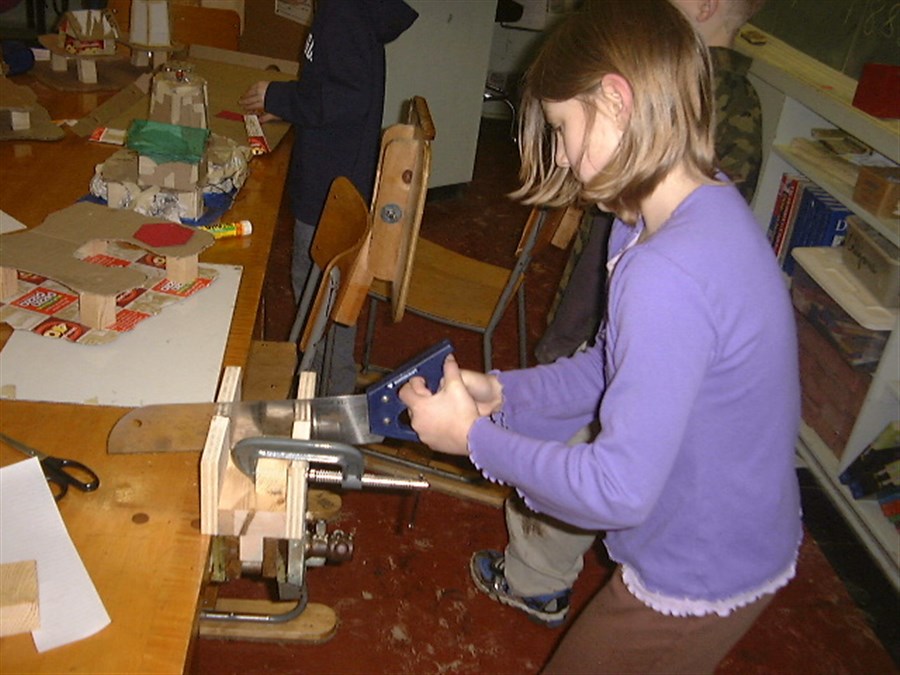We can...
As an elementary classroom teacher I made classroom funding one of my priorities. Over time, classroom funding evolved and became an integral part of my curriculum.
As part of my curriculum, I used classroom funding to teach elementary economics. Because I was a shop teacher with a good budget I had a good understanding of classroom economics. Economics was a subject I often discussed with my students .
Funding my classroom was a rewarding task because in the process of doing it, I learned a great deal about communicating and advertising.
With help from my principals, I applied for teacher grants, special grants such as science grants, special funding from the parent teacher association connected to my school, and funds through my school board.
I also applied for special discounts at stores where I purchased tools and materials that supported my program. I had a special box devoted to Canadian Tire money donated to my class by parents.
I had several bake and product sales through the school year. The sales were tied to holiday or celebration days and always ended with a raffle.
Raffles were my biggest money makers, but they were also a great way to teach kids about the skills of marketing.
The mass production product we planned, organized and implemmented helped me fill my classroom consumable account and gave me the opportunity to discuss the pros and cons of repetitive skills because we created and manufactured a mass production product which we sold.
The money that my students earned went to our school's secretary. She set up a class expense account which I drew from to pay for things I needed for my class.
Donations
Word got around that I enjoyed teaching MST so I had a lot of equipment donated to my room, especially, tools, computers and computer accessories.
With the money we earned yearly, donations, and my ability to plan and make the things I needed for my room, over the years, my students' learning environment became efficient and productive.
The Budget
Educational budgets are set by government policy. The government’s educational budget provides school boards with funds on a yearly basis.
School boards distribute the money to schools and finally, the principal determines where this money should be spent in the school.
With supervision, classroom teachers should determine where money should be spent.
If you are an elementary teacher, teaching in the system, you should be able to determine your monetary needs, and how to best meet your goals for your classroom.
I believe that every teacher in the system who is teaching in a classroom should have control, (supervised by the principal), of a healthy yearly budget based on the number of students they teach.
Parents, teachers, supervisors, school boards and interested parties should understand that a classroom budget should be divided into two parts; consumable and capital.
Within the capital budget are one time items that are generally expensive, but once purchased will be used in the classroom for an extended period of time.
Within the consumable budget are things used by the teacher or students that must be replaced in a timely manner because they wear out or are used up. Examples are glue, tape, and pencils.
Other items are rulers, painting materials and drawing tools that break or wear out.
Because having a classroom budgets would allow a teacher to plan for today, tomorrow and for the future, it is one of the most important things we can work towards.
establish a classroom budget for individual elementary classroom teachers.
An individual teacher's bank account, supervised by a principal, should be established and based on the number of students enrolled in the class with special consideration given to students with special needs.
Funding a Classroom
An individual teacher's bank account, supervised by a principal, should be established and based on the number of students enrolled in the class with special consideration given to students with special needs.
Funding a Classroom
How much does it cost, who will pay for it, and can it be done?
